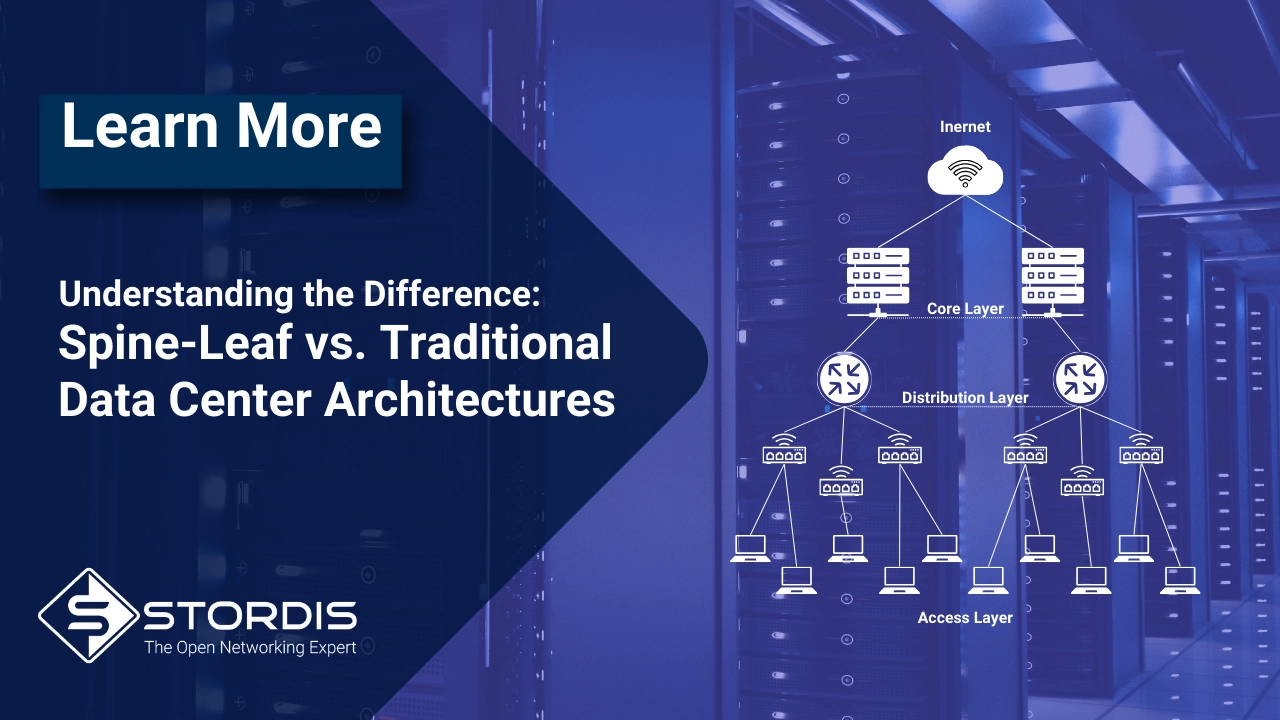- You have no items in your shopping cart
- Continue Shopping
Containerization in Networking: Why the Move Away from Monolithic NOS Is a Game-Changer

In the rapidly evolving landscape of network technology, a pivotal shift is underway. This revolution, powered by containers, promises to redefine how we manage and deploy network services. Though the concept of containers might initially appear complex, it is, in reality, brilliantly straightforward and transformative. Before diving into the specifics of containerized network operating systems like SONiC, let’s clarify the concept of containers with a relatable analogy.
Imagine you’re moving into a new house with various items to transport: clothes, books, and a coffee machine. Rather than tossing everything together in the moving truck, you pack each type of item into separate boxes. Each box is equipped with everything that set of items needs—clothes with hangers, books fitted snugly to avoid damage, and the coffee machine with its essential cords and filters.
In technology, a container operates in a remarkably similar manner. It’s a virtual “box” where a network function, along with all the software, libraries, and settings it requires, is neatly packed together. Each container functions independently, enabling updates or changes without impacting the rest of the network. This approach introduces unprecedented flexibility, efficiency, and security into network operations, paving the way for systems that are both agile and resilient.
The Shift to SONiC: A Container-Based Approach
SONiC (Software for Open Networking in the Cloud) stands at the forefront of this dramatic change, exemplifying the advantages of containerization over traditional monolithic network operating systems. Unlike monolithic systems, characterized by a single, indivisible codebase, SONiC adopts a modular approach, encapsulating different network functions into their respective containers. This fundamental shift towards greater operational flexibility and reliability marks a significant departure from the past.
Advantages of Container-Based Architectures
The move towards containerization addresses several limitations inherent in monolithic network operating systems:
- Flexibility and Reliability: The ability to update or repair specific network functions independently mirrors the convenience of rearranging or repacking a single box during a move.
- Scalability: SONiC enables the scaling of individual services based on demand, avoiding the inefficiency of scaling an entire system.
- Security: Isolating network functions within containers compartmentalizes vulnerabilities and simplifies securing the network.
- Efficiency: Containerization optimizes resource usage, ensuring that each service consumes only what it needs, leading to cost savings and a reduced operational footprint.
Reevaluating Monolithic Network Operating Systems
Despite their longstanding role as the backbone of network infrastructure, the drawbacks of monolithic systems are increasingly apparent:
- Inflexibility: The necessity of rebooting the entire system for a single update is a notable inefficiency.
- Complexity: The intertwined nature of functions within a monolithic system complicates the introduction of new features.
- Resource Inefficiency: Scaling the entire system, even when only part of it is under strain, leads to unnecessary expenditures.
- Security Risks: A vulnerability in one part of the system can jeopardize the entire network.
Beyond SONiC: The Rise of Containerized NOS Solutions
Our discussion doesn’t conclude with SONiC. As we explore the evolving landscape of network operating systems (NOS), RtBrick emerges as another innovator, showing further evidence of the industry’s shift towards containerized systems. This shift heralds a future where networking transcends mere connectivity, embodying agility, scalability, and security, all achieved with an emphasis on cost-efficiency and innovation.
What’s Next?
By promising to explore RtBrick in future discussions, we’re not merely examining another NOS option; we’re initiating a broader conversation about the future of networking. A future where flexibility, efficiency, and security are not just desirable but essential to every network solution.
As we look forward to this exciting journey, remember: if you’re considering Networking as Open Networking, then thinking of NOS should naturally extend to Container-Based Solutions Only!
As we look forward to this exciting journey, remember: if you’re considering Networking as Open Networking, then thinking of NOS should naturally extend to Container-Based Solutions Only!

Łukasz Łukowski is the Chief Sales and Marketing Officer for STORDIS. Working with channel partners, product management, business development and his marketing team, Łukasz is spearheading the effort to drive year-over-year revenue growth by more effectively leveraging STORDIS’ channel and alliance partners, particularly in the areas of open networking for data center, enterprise and telecom.
Prior to him joining STORDIS, Łukasz was the Vice President of EMEA Channel Sales and Alliances for Edgecore Networks. Łukasz has over 15 years of experience in the networking industry serving additional two roles as, Active A-Team Ambassador of the Open Networking Foundation (ONF); and a Regional Lead Manager for the Open Compute Project (OCP).
Comments
You might be interested in





